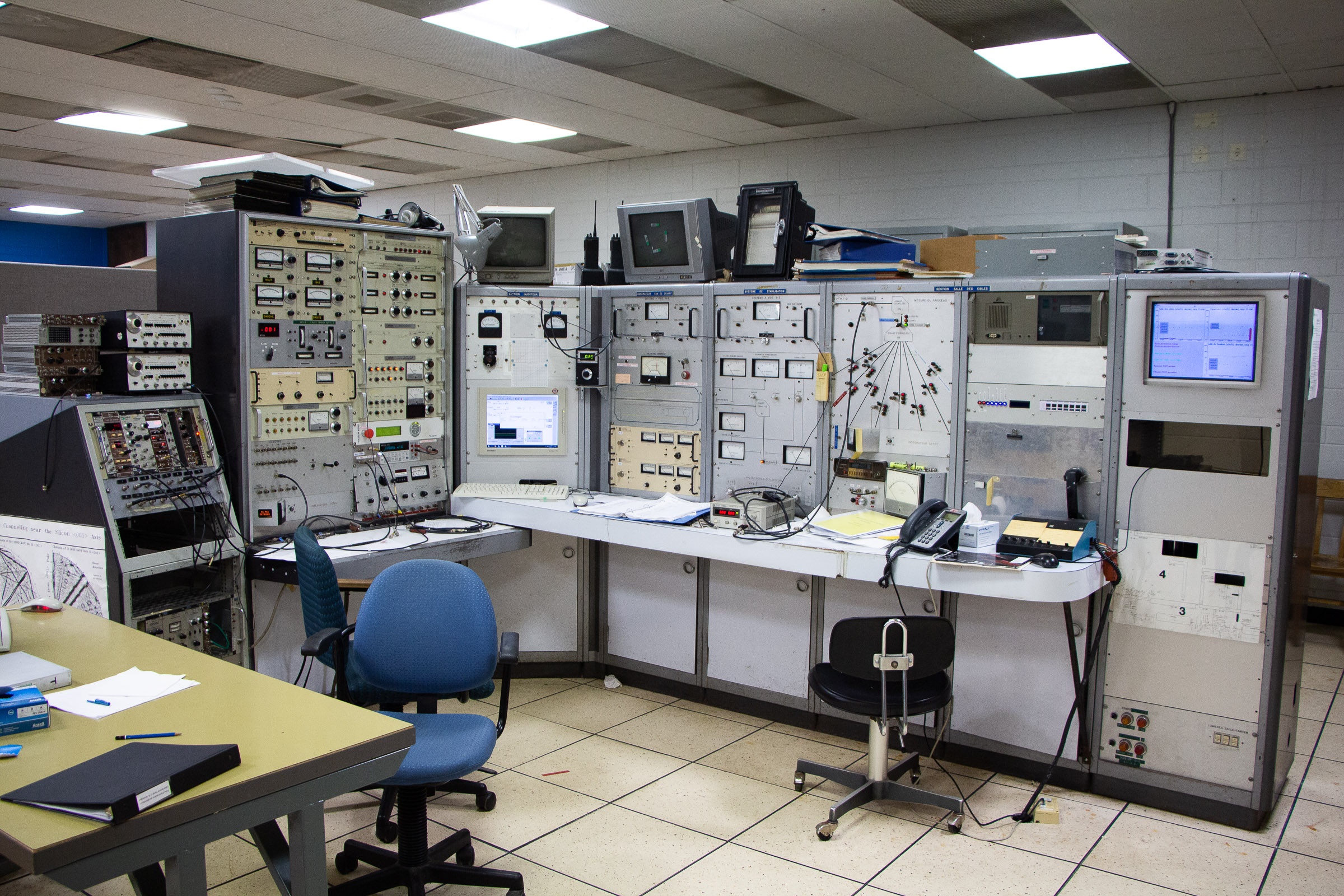Introduction
Material analysis
Detector calibration
Clean room
Target preparation
Evaporator, other...
Cost
Make table
Implantation
Implantation or calibration
cgs
Client | 4 hrs w/o operator | Full day w/o operator | 4 hrs with operator | Full day with operator |
|---|---|---|---|---|
UdeM physics | Free | Free | Free | Free |
Academic | N/C | 200$ | 400$ | 700$ |
Industrial | N/C | N/C | 1000$ | 2800$ |
Sample analysis
sdfasdff
Client | RBS or PIXE | ERD |
|---|---|---|
UdeM physics | Free | Free |
Academic | 200$/sample | 400$/sample |
Industrial | 500$/sample | 800$/sample |
Academic Users (with operator): 700$/day
Academic Users (with operator): 400$/4 hours
Industrial Users (4 hours): 1000$
Industrial Users (full day): 2800$
Sample Analysis (price per sample)Academic Users: RBS or PIXE 200$
Academic Users: ERD 400$
Industrial Users: RBS or PIXE 500$
Industrial Users: ERD 800$
Contact
The ion beam facility is located in the Laboratoire René J.-A. Lévesque on the main campus of Université de Montréal. The address is
- 2905 chemin des Services
- Laboratoire René J.-A. Lévesque
- Montréal, Qc
- H3T 1J4
You can join our team by phone 514-343-6111 #XXXX or by e-mail at XXX@umontreal.ca





